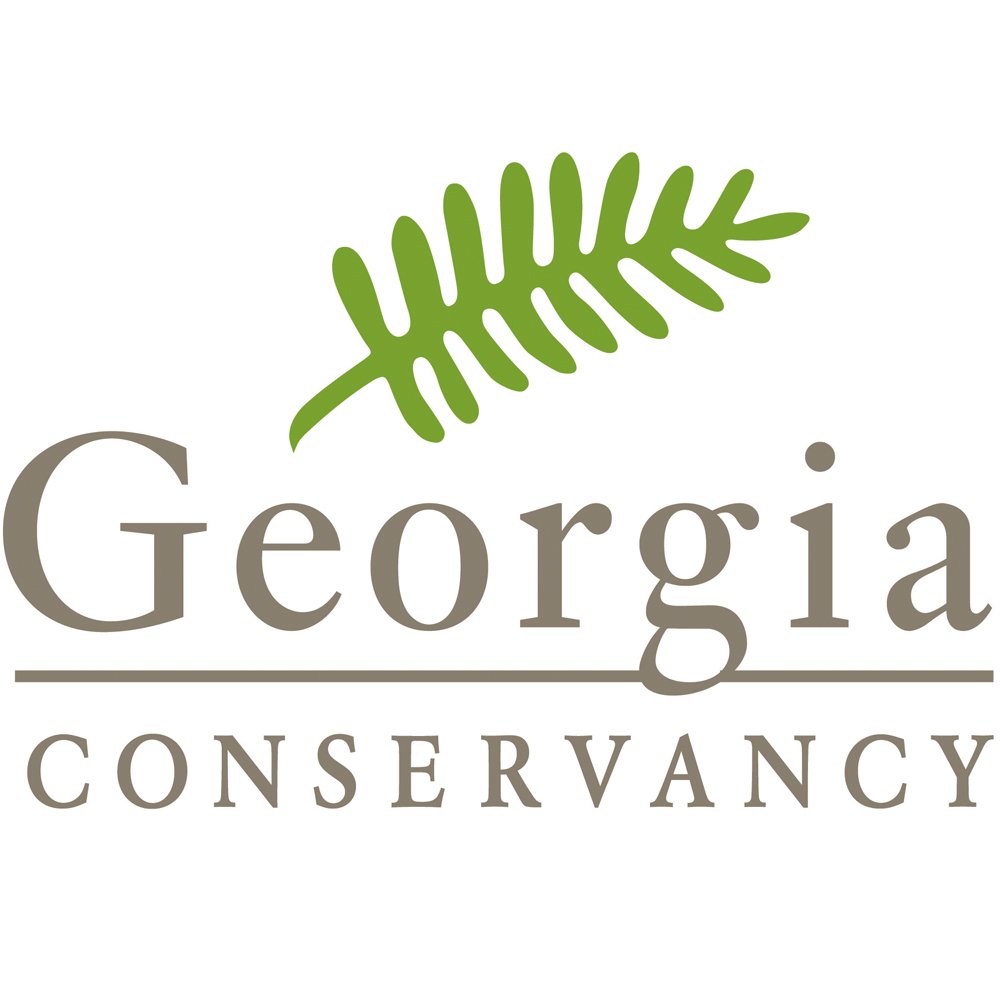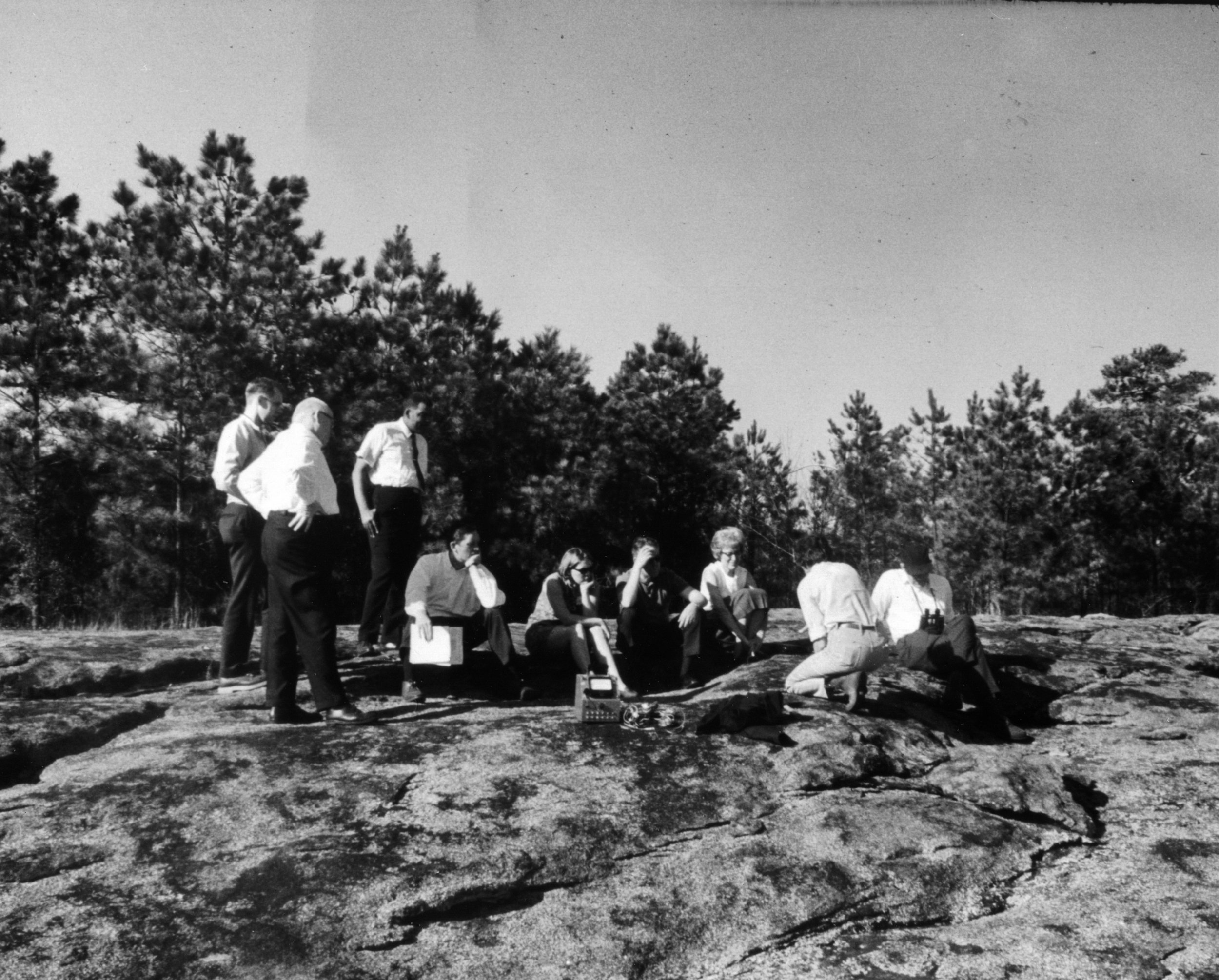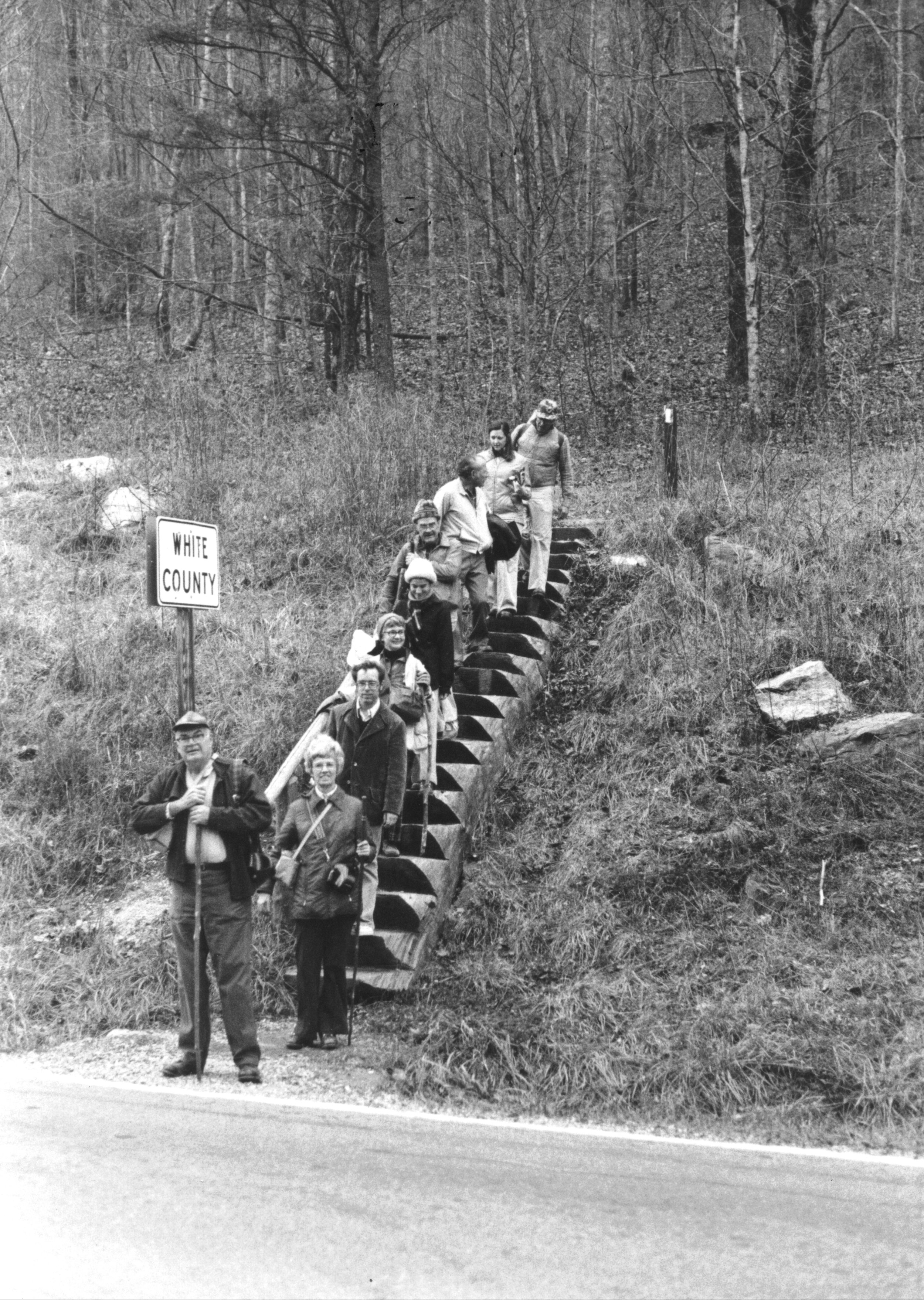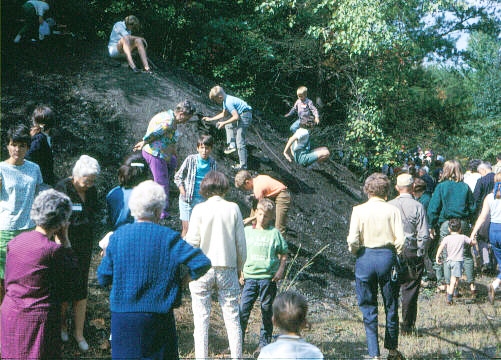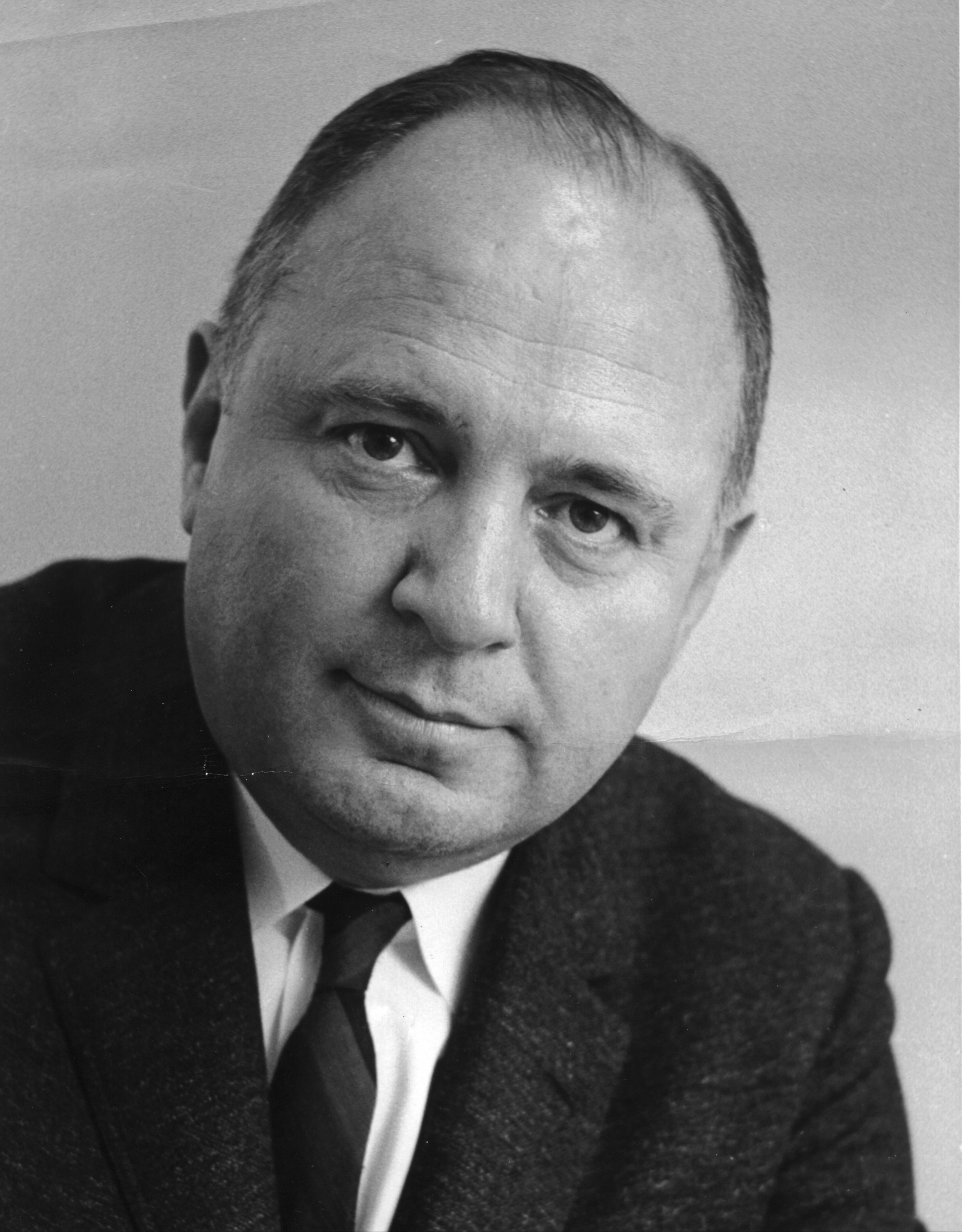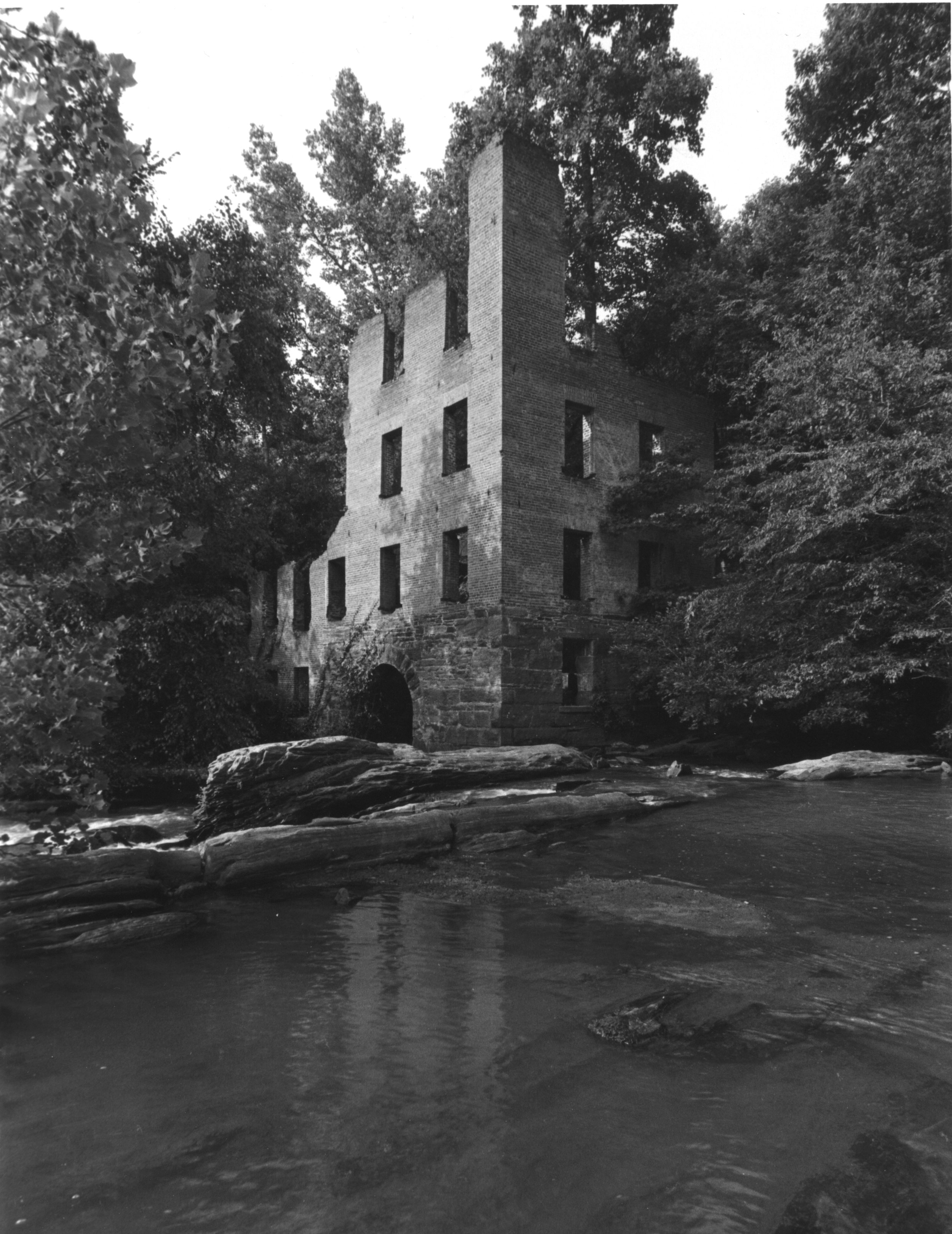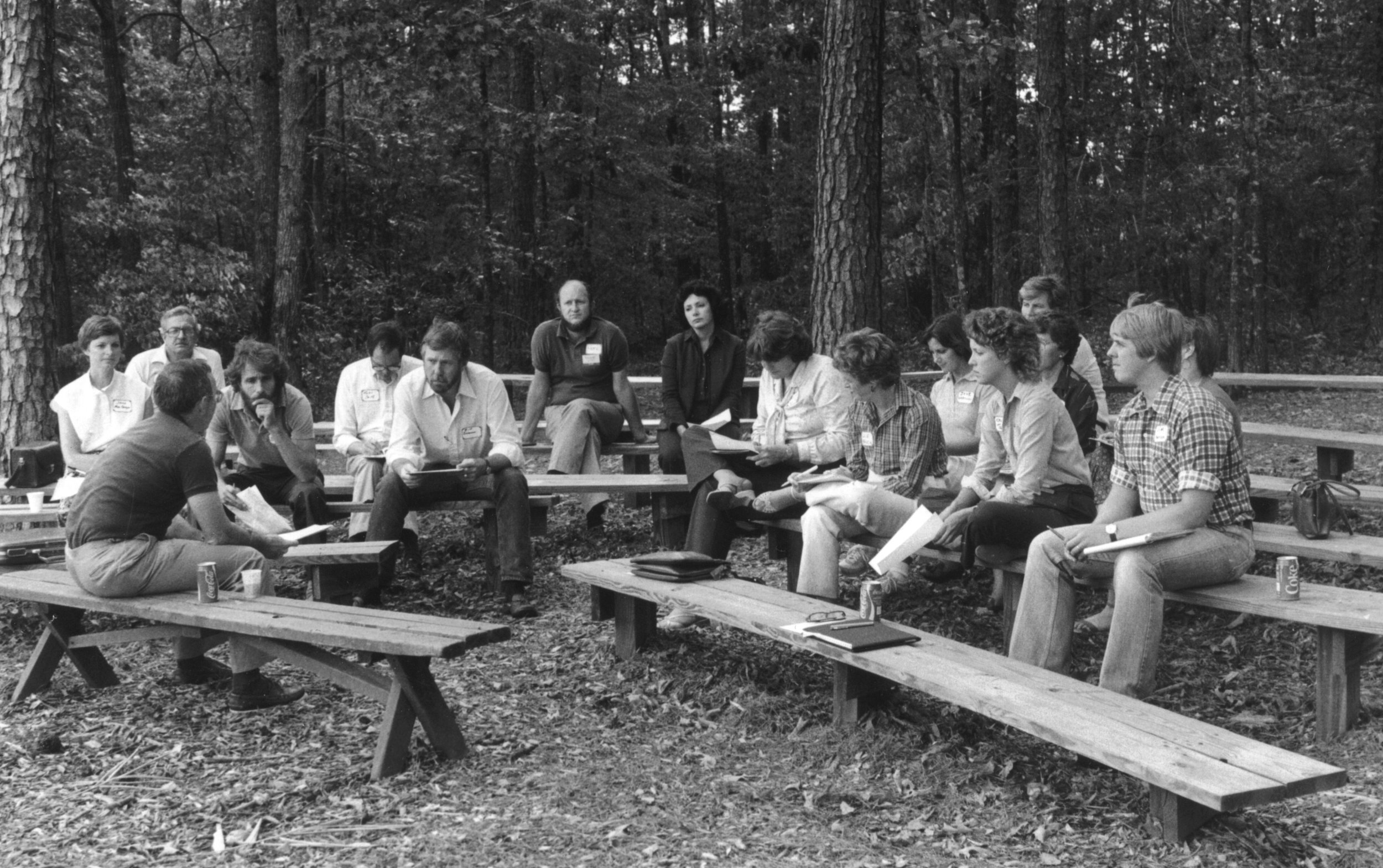The Georgia Conservancy in the 1960s
"The purpose of the Georgia Conservancy shall be, either independently or in cooperation with governmental bodies, to preserve or to aid in the preservation of areas of scenic, geologic, biologic, historic, or recreational importance in Georgia in the public interest; to establish or aid in the establishment of nature reserves or other protected areas for scientific, educational, or aesthetic purposes; to conduct regional and land use planning studies as the basis for land acquisition; and to develop organized programs in conservation education, to the end that the Georgia Conservancy shall serve the people of Georgia as an agency of popular enlightenment, for cultural improvement and for scientific advance."
- Adopted Resolution to Establish The Georgia Conservancy, February 25, 1967 at Sweetwater Creek
Significant EVENTS of the 1960s
1967
- Congressman James A. Mackay creates a “Citizens’ Panel on Water Resources and Conservation.” With Robert Hanie and support from The Scaife Foundation of Pittsburgh, the group ultimately forms The Georgia Conservancy after the first Fourth Saturday Field Trip to Sweetwater Creek on February 25, 1967. The group is to be nonpartisan and is “organized specifically to promote fellowship and good fun among its members.”
- The Georgia Conservancy celebrates its official birthday May 8, 1967.
- The Conservancy acquires a one-year option to buy Panola Mountain for $200,000 as the first act of preservation by the new organization.
- Georgia Conservancy board members vote unanimously to support the inclusion of the Okefenokee Swamp in the Wilderness System.
1968
- The University of Georgia hosts the Conservancy’s first annual “Conservation Congress” with the theme “Conservation is Common Sense.”
- The Georgia Sportsmen’s Federation names the Conservancy as “Conservation Organization of the Year.” (November)
- The Conservancy opposes phosphate mining on 25,000 acres of state-owned offshore land in Chatham County and informs environmentalists about the proposal signifying the first time Georgians petition the government for an environmental issue via letter writing.
- The Conservancy forms a “coastal action” group to examine the best use of each of Georgia’s barrier islands.
- Congress sets up the Redwoods National Park in northern California, the Cascades National Park in northern Washington, passes the Wild and Scenic Rivers Act and sets up the National Trails System.
1969
- The Callaway Foundation grants the Conservancy $100,000; the largest donation received by the organization during its first 15 years.
- Eight project-oriented action groups form. An “environmental information” group’s purpose is to establish the Conservancy as “an authority to be called upon to make suggestions regarding legislation on a sound ecological basis.”
- The Conservancy intensifies efforts to educate not only adults but also school children about environmental issues and co-sponsors evening non-credit lectures on environmental problems with Emory University.
- Conservancy members intervene to halt the channelization of the Alcovy River on behalf of the river, its swampland and wildlife.
